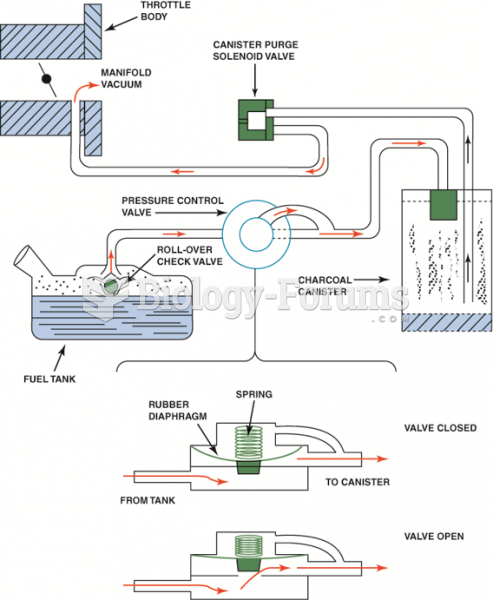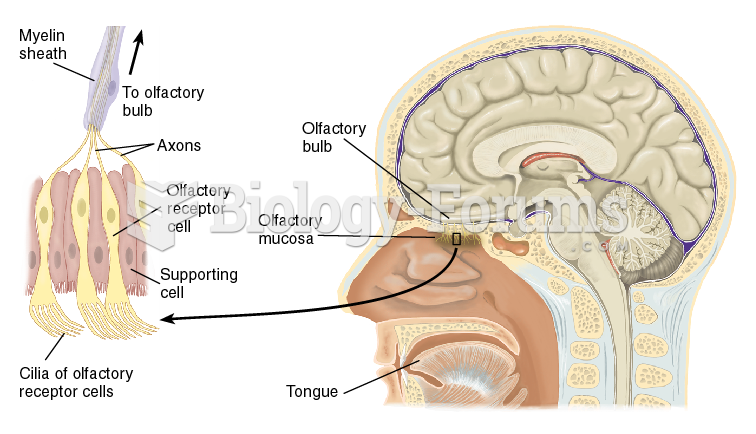Answer to Question 1
Correct Answer: 3
Rationale 1: It is never a good idea to leave blanks in any charting area because it implies that the area was ignored.
Rationale 2: It is never a good idea to leave blanks in any charting area. Adding the information in the progress notes is not an appropriate use of that section.
Rationale 3: Many nurses are uncomfortable with the CBE system and believe that if something was not charted, it was not done. A suggestion to address this would be to write N/A on the flow sheets where the items are not applicable to the client, and not leave the spaces blank. This would avoid the possible assumption that the assessment or intervention was not done by the nurse.
Rationale 4: Passing information along in the report is a good way to ensure continuity of care for clients, but this would only be an oral report, not written documentation.
Answer to Question 2
Correct Answer: 2
Rationale 1: The database includes information about the client when admitted to the facility.
Rationale 2: The problem list is derived from the database and is usually kept at the front of the chart. The problem list serves as an index to the numbered entries in the progress notes. All caregivers contribute to the problem list, which includes the client's physiologic, psychologic, social, cultural, spiritual, developmental, and environmental needs.
Rationale 3: The plan of care is made with reference to the active problems.
Rationale 4: Progress notes are chart entries made by all health professionals involved in a client's care.







